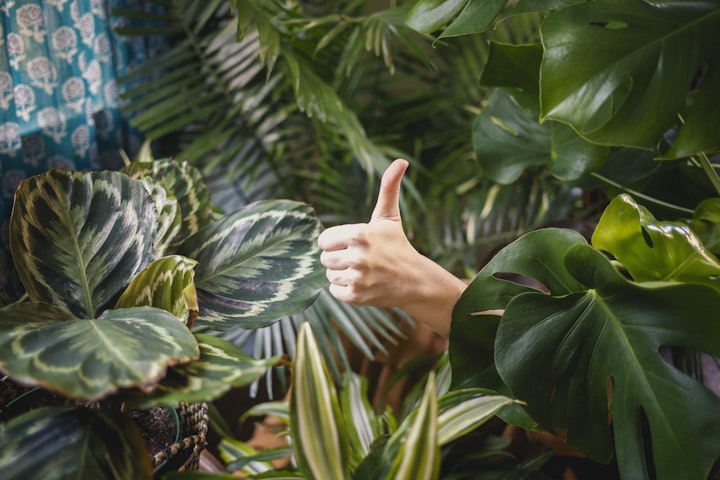
The Benefits of Plants for Health, Cognition, Innovation, Productivity, and Mental Health
Plants benefit us in many ways. They’re visually beautiful. They produce oxygen which fuels our brain and body. They’re calming. They each require specific conditions and care. It’s been said they enjoy conversation, poetry, and singing. They’re mysterious and graceful or awkward and strange. They can be demanding or want to be left alone to thrive from intentional neglect. Bottom line: Scientific findings support they’re resoundingly good for our health!
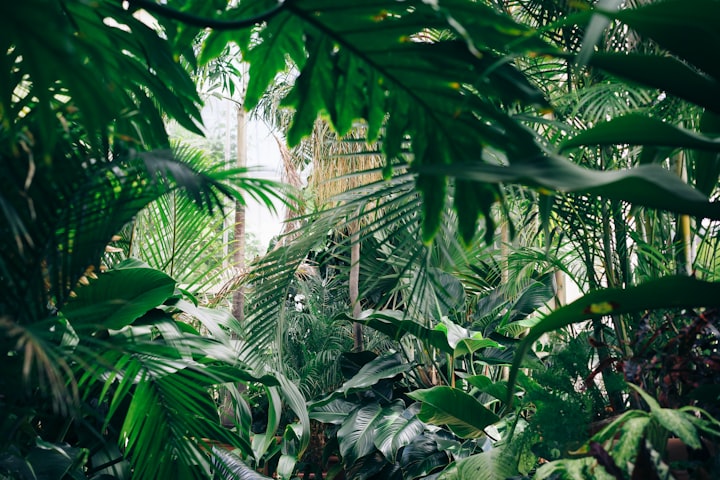
What do plants do?
1. Plants clean the air around us.
NASA performed a famous Clean Air Study in 1989.
"NASA's research with foliage houseplants during the past 10 years has produced a new concept in indoor air quality improvement. This new and exciting technology is quite simple. Both plant leaves and roots are utilized in removing trace levels of toxic vapors from inside tightly sealed buildings."
Here is a random list of ten air-purifying plants from NASA’s study:
• Parlor Palm (Pet Safe)
• Spider Plant (Pet Safe)
• Peace Lily (Toxic Cats and Dogs)
• Snake Plant (Toxic Cats and Dogs)
• Bamboo Palm (Pet Safe)
• Majesty Palm (Pet Safe)
• Areca Palm (Pet Safe)
• Rubber Plant (Toxic Cats and Dogs)
• Chrysanthemum or “Mums” (Highly toxic/deadly to Cats and Dogs)
• Boston Fern (Pet Safe)

There are no definitive studies on how many plants are needed to make a difference inside our home. As a general rule of thumb, for plants to make a positive difference on air quality, it is estimated that you would need approximately 1-2 decent sized plant per 100 square feet. So for a 2000 sq ft home, you would need approximately 20-40 decent sized plants.
This truly isn’t difficult to do because plants are 100% addictive!
Note: Safety first. Please, always research plants at the ASPCA link for toxic and non-toxic plants for children, cats, dogs, and equines before bringing them into your space. Best practice dictates to cross-reference with at least one other source including your veterinarian. If you bring toxic plants into your home know how dangerous they are and what adverse signs and symptoms to look for in your pet or child. Keep toxic plants in a blocked off area or up high out of reach; however, felines are known to find their way wherever you may place something you don't want them to get into so take appropriate precautions.
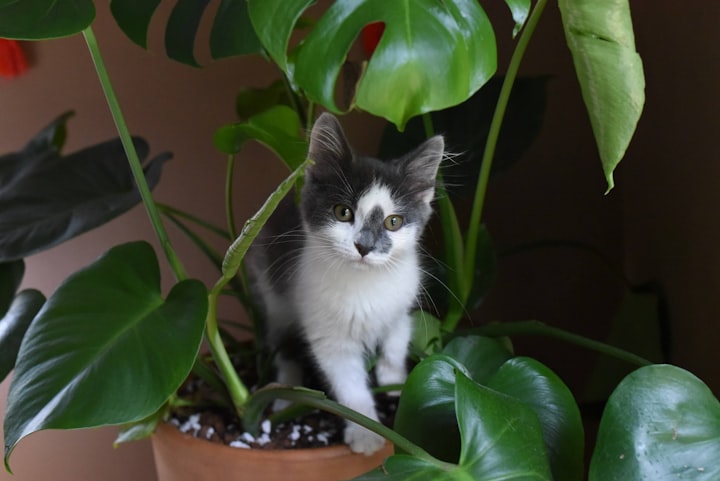
So What? What Toxins are Inside Anyway?
The NASA experiment found that via photosynthesis plants can filter out carcinogenic volatile organic compounds (VOCs) from the air such as formaldehyde and benzene that occur from pressed woods used in sub-flooring, cabinets and furniture as well as from common household products such as glues and adhesives in the home, per the EPA. Plants can also remove mold, carbon monoxide, ammonia, trichloroethylene, allergens, viruses and bacteria. The relevance to our daily lives resides in the reality of our exposure to toxins even inside our home.
"In the last several years, a growing body of scientific evidence has indicated that the air within homes and other buildings can be more seriously polluted than the outdoor air in even the largest and most industrialized cities."
"Other research indicates that people spend approximately 90 percent of their time indoors. Thus, for many people, the risks to health may be greater due to exposure to air pollution indoors than outdoors."

Different plants excel at different filtration capabilities, for example, the Rhapsis excelsa or "Lady Palm" is well-known by cat lovers with indoor-only cats and litter boxes, to be cat safe and quite effective at removing higher levels of ammonia from the air. Another such cat-safe variety suitable for this purpose is the Liriope spicata or "Lillyturf".

The Boston Fern is deemed one of the greatest overall filtration plants for indoor use yet it is also a finicky plant that requires lots of water and sheds horribly making care and clean up a mess, from my personal experience.

2. Plants increase moisture in the air and decrease ailments.
In a Norwegian study on the positive effects of plants on worker satisfaction, innovation, and productivity in an office with plants vs without plants, results included positive findings on plants’ impact on respiratory and health benefits.
"When plants were included, the participants were exposed to 13 commonly used foliage plants placed in three containers on a window bench, and a terracotta container with plants in the back corner of the office.
Data from the study can be found in the table below.
Recorded Health Improvements after the Introduction of Interior Plants:
AILMENT % REDUCTION
Fatigue 20%
Headache 30%
Sore/Dry Throats 30%
Coughs >40%
Dry Facial Skin 25% "
Offices that incorporate greenery into their decor and structure reap many optimal gains from increases in workers' physical health, satisfaction, attendance, and output, not to mention mental health.

As of July 2021, four million Americans have quit their jobs. Mental Health may be one of the leading drivers of the The Great Resignation due to the pandemic.
Some argue that it's not mental health but toxic work culture. Okay. Toxic work culture directly impacts mental health - an ouroboros of extremely serious and deep-rooted issues, depicting variables interlinked with each other.
There is no denying a necessary overhaul looms in the future for corporations. Finding ways to make work positive, to enhance employees well-being, work life balance, and building an optimistic, supportive work culture, likely should involve greenery in some aspect, based on science and psychology.

3. Plants positively impact focus and mindfulness.
An increase in oxygen and the feelings that Nature evokes in humankind yields neurogenic effects. Mindfulness, a technique utilized in meditation as well as therapeutic intervention, requires staying in the moment: Our thoughts moving neither a second in the future nor a moment in the past, but right here, right now. Connecting with Nature helps us stay in the moment.

A study in the Journal of Physiological Awareness (2015) found that subjects involved in plant-related tasks fared much better psychologically than those involved in computer tasks.
"Analysis of the SDM data showed that the feelings during the transplanting task were different from that during the computer task. The subjects felt comfortable, soothed, and natural after the transplanting task, whereas they felt uncomfortable, awakened, and artificial after the computer task."
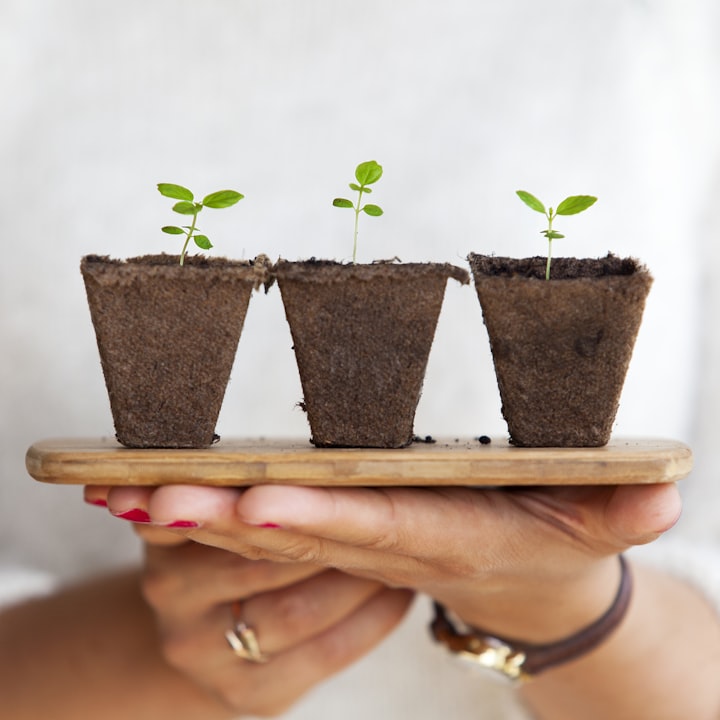
Plants improve cognition. Another study done at The College of Agriculture and Life Sciences at Texas A&M found that plants positively impact memory and attending abilities.
"Keeping ornamental plants in the home and in the workplace increases memory retention and concentration."
"The calming influence of natural environments is conducive to positive work environments by increasing a person’s ability to concentrate on the task at hand."
"Work performed under the natural influence of ornamental plants is normally of higher quality and completed with a much higher accuracy rate than work done in environments devoid of nature."
"Going outside or being under the influence of plants can increase memory retention up to twenty percent, a recent University of Michigan study showed."
Connecting with Nature has long been known to enhance well-being. Biophilia means loving things found in nature. Humans are drawn to Nature. Bringing Nature indoors makes sense and appears to be backed by multiple scientific studies as a worthy, quantifiable investment.

4. Plants positively impact physical healing and therapeutic gains post-surgery.
Plants help us heal better and more quickly.
A randomized controlled study published in the Journal of Alternative and Complementary Medicine (2009) found that plants in hospital rooms after surgery promote healing.
"Viewing plants during the recovery period had a positive influence linking directly to health outcomes of surgical patients."
"Patients in hospital rooms with plants and flowers had significantly more positive physiologic responses evidenced by lower systolic blood pressure, and lower ratings of pain, anxiety, and fatigue than patients in the control room. "
The presence of plants decreased pain and also length of stay . Even patients with rooms that had windows overlooking trees fared better with faster healing rates than those without. Hospital workers reported the stress of work is alleviated by visits to the hospital’s garden, demonstrating benefit for patients and hospital workers alike. While more hospitals have integrated gardens and occasionally plant rooms within their design, plants in patient's rooms are still not the norm in the United States.

5. Plants make us feel calm and happy, reduce stress, improving overall mood.
In the same study, researchers found the participants in rooms with plants conveyed greater feeling of calmness and confidence in the hospital workers tending to them than those without plants.
"Patients with plants also felt more positively about their rooms and evaluated them with higher satisfaction when compared with patients in similar rooms without plants."
"Based on patients' comments, plants brightened up the room environment, reduced stress, and also conveyed positive impressions of hospital employees caring for patients."
"Plants lower blood pressure and heart rate. More architects and designers around the world are integrating plants into their designs due to health benefits and positive gains with worker performance and morale."
Plants reduce pain, promote physical and mental healing, lower blood pressure, and make one feel happy. Plants stimulate our senses.

6. Plants create a routine outside of life’s worries.
The goal is to keep the plant alive but not just alive - lush and glorious . This routine breaks through anxiety, derails self-obsession, and combats mental fatigue and weariness.
Plants may serve as a panacea to burnout. Productive distraction is highly effective in combating negative thoughts and actions.
Plants also mirror what one gives to them, a powerful form of self-reflection and self-affirmation.

The secrets of plants are slowly being revealed as scientific research delves deeper into the relationship between humans and Nature. What was once regarded as mysticism and folklore, romanticized by many famous poets and writers across centuries, has garnered credibility and landed squarely in an objective and quantifiable domain. Science backs up intuition.
As Alfred Austin advised, "We come from the earth, we return to the earth, and in between we should garden. "
Indeed, we should.
++++++
Thank you for reading this article. I hope you enjoyed it. I appreciate all reads, likes, and tips. Please, look out for my other articles as I will be releasing a series related to this and other interests. You also may enjoy A Pandemic Hobby: How Plants Saved Me from Chaos and 8 Interesting, Low Maintenance Plants that are Safe for Pets.
Take care, be safe, and be well out there.
Sincerely,
Vania
About the Creator
VC Patel
There are many worlds inside me. I spend a lot of time there exploring.




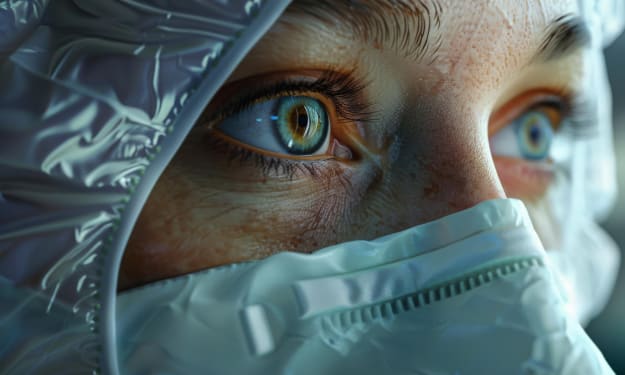

Comments
There are no comments for this story
Be the first to respond and start the conversation.